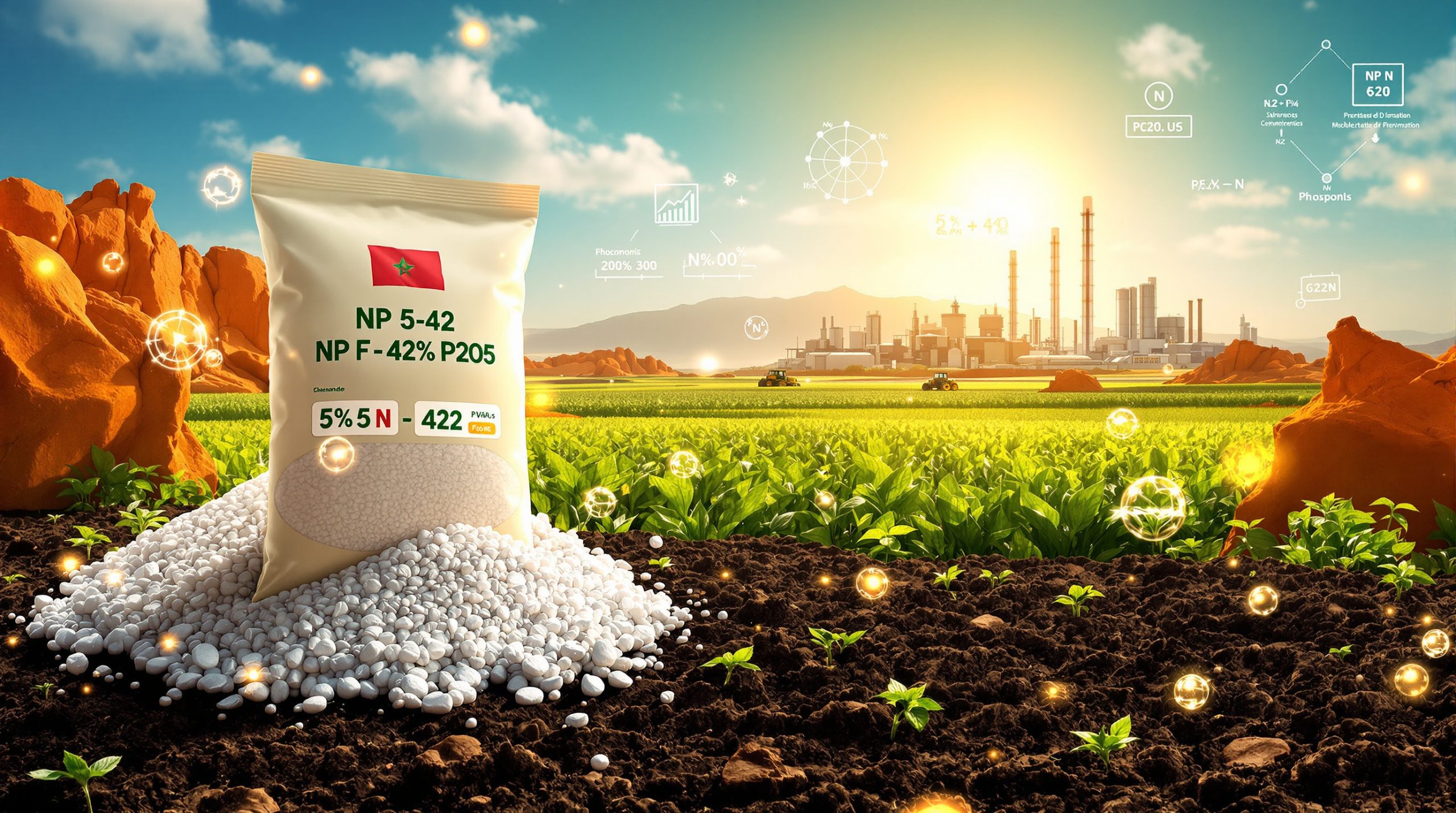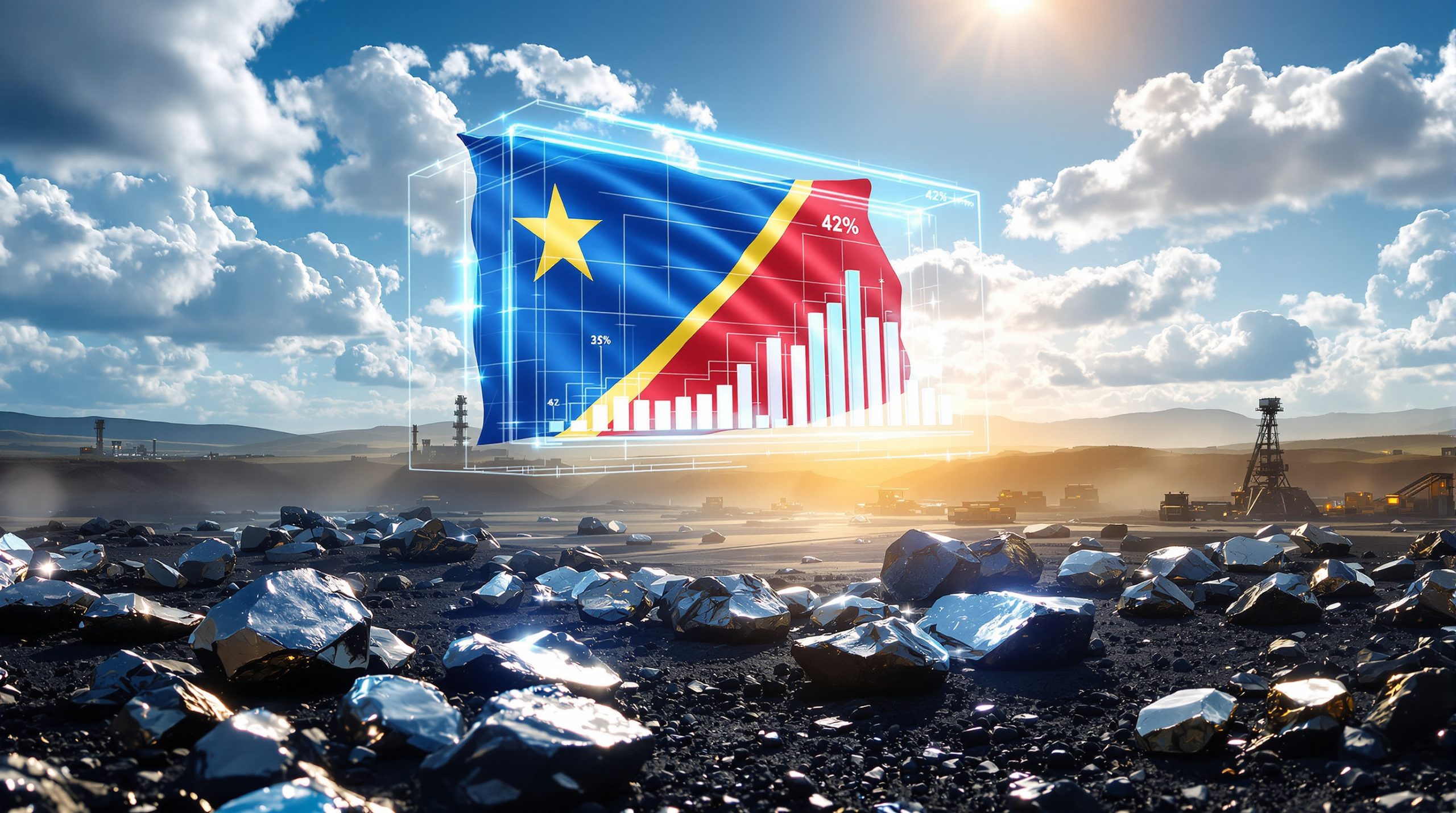Ukrainian-US Minerals Deal Discussions: Strategic Implications and Global Impact
The proposed minerals partnership between Ukraine and the United States represents a pivotal development in global resource security and geopolitical strategy. A Ukrainian delegation is scheduled to travel to the U.S. early this week to discuss a "more expansive minerals deal" proposed by the Trump administration, which seeks to secure access to critical resources amid escalating global competition. This agreement could reshape supply chains for strategic minerals vital to defense, technology, and renewable energy, while bolstering Ukraine's economy and reinforcing U.S. geopolitical interests. Below, we analyze the deal's framework, strategic drivers, potential mineral targets, and implications for global markets.
What Is the Ukrainian-US Minerals Deal About?
Background of the Proposed Minerals Agreement
The Trump administration's renewed push for a minerals agreement with Ukraine follows years of intermittent cooperation on resource extraction and trade. Ukraine, endowed with significant deposits of lithium, rare earth elements (REEs), and titanium, has historically underutilized these resources due to infrastructural and geopolitical constraints. Previous collaborations, such as joint ventures in titanium production for aerospace applications, laid the groundwork for broader partnerships. The current proposal reportedly expands the scope to include REEs and lithium, essential for electric vehicle (EV) batteries and advanced electronics.
The deal's timing aligns with U.S. efforts to reduce reliance on Chinese-dominated supply chains. In 2024, China controlled 60% of global REE processing and 80% of lithium refining, prompting the U.S. to prioritize partnerships with resource-rich nations like Ukraine. For Ukraine, the agreement offers a pathway to modernize its mining sector, attract foreign investment, and strengthen ties with Western allies amid ongoing tensions with Russia.
Timeline of Recent Developments
Ukraine's review of the expanded deal began in late March 2025, with interagency consultations involving the Ministry of Energy, Ministry of Economy, and the State Geological Service. According to recent reports, the delegation traveling to the U.S. includes Deputy Prime Minister Oleksandr Kubrakov and representatives from state-owned uranium producer VostGOK. On the U.S. side, negotiations will involve the Department of Commerce, the Department of Energy, and advisors from the National Security Council. Key milestones include finalizing a memorandum of understanding (MoU) by mid-April and initiating joint feasibility studies by Q3 2025.
Why Are US-Ukraine Mineral Partnerships Significant Now?
Geopolitical Context of the Minerals Agreement
Ukraine's mineral wealth positions it as a strategic alternative to China in critical supply chains. The country holds an estimated 500,000 metric tons of lithium reserves, primarily in the Kirovohrad and Donetsk regions, alongside 2.1 million tons of REE oxides in the Azov Basin. These resources are integral to U.S. ambitions to domestically produce 50% of its EV battery materials by 2030, a goal outlined in the 2024 National Blueprint for Lithium Batteries.
The agreement also serves U.S. geopolitical objectives by countering Russian influence in Eastern Europe. Since 2022, Russia has sought to leverage energy and mineral exports to destabilize Ukraine's economy, notably through control of coal and iron ore facilities in occupied territories. A U.S.-Ukraine partnership could mitigate such pressures while aligning with NATO's resource security initiatives. Furthermore, investors are increasingly attentive to geopolitical market strategies as tensions escalate globally.
Economic Implications for Both Nations
For Ukraine, the deal promises to revitalize a mining sector that contributed just 1.2% to GDP in 2024, compared to 4.3% in 2010. Modernization incentives, including U.S.-backed financing for extraction technologies, could unlock $7–10 billion in foreign direct investment over the next decade. The U.S., meanwhile, aims to reduce lithium import reliance from 80% to 40% by 2030, with Ukrainian supplies complementing domestic projects like the Thacker Pass mine in Nevada.
What Critical Minerals Might Be Included in the Deal?
Strategic Resources in Ukraine's Portfolio
Lithium and REEs are central to the agreement, but Ukraine's titanium reserves—ranked seventh globally—offer additional value for aerospace and defense applications. The Irshansk and Volnogorsk mining complexes, which produce ilmenite and rutile, could supply titanium sponge for Lockheed Martin's F-35 program, reducing dependency on Japanese and Kazakh suppliers. Cobalt and graphite, though less abundant, may also feature in secondary agreements for battery manufacturing.
In addition to these resources, uranium deposits could prove strategically valuable as global energy markets evolve. Recent uranium market analysis suggests growing demand for nuclear fuel as countries transition toward low-carbon energy sources.
US Critical Minerals Strategy
The Trump administration's 2025 Critical Minerals Executive Order emphasizes public-private partnerships to secure "strategic and essential materials". By prioritizing Ukraine, the U.S. mirrors the EU's 2023 Critical Raw Materials Act, which designated Kyiv as a "priority partner" for lithium. However, challenges persist in processing infrastructure; Ukraine currently lacks facilities to refine lithium hydroxide, necessitating joint ventures with U.S. firms like Albemarle or Livent.
This strategic approach reflects broader international competition in what analysts call the critical minerals race, where nations vie for control of resources essential to modern technologies and defense systems.
How Could This Deal Impact Global Mineral Markets?
Market Implications for Critical Minerals
A finalized deal could disrupt China's dominance in REE markets, where prices have fluctuated due to export controls. In March 2025, neodymium prices fell 12% amid speculation of increased Ukrainian supply. Conversely, lithium carbonate prices stabilized at $14,000/ton, as investors anticipate diversified sourcing. Long-term contracts under the agreement may mirror Japan's 2024 accord with Canada, which fixed lithium prices for five years to ensure market stability.
This development occurs against a backdrop of global lithium oversupply conditions that have pressured prices in recent years. However, the strategic nature of the Ukrainian-US deal could insulate these resources from purely market-driven pressures.
Industry Stakeholder Perspectives
Mining giants Rio Tinto and Glencore have expressed interest in Ukrainian projects, particularly in lithium extraction. However, environmental groups warn of ecological risks in regions like the Donbas, where open-pit mining could exacerbate soil and water contamination. Sustainable extraction protocols, akin to Chile's lithium brine standards, are likely to be a negotiation priority for Ukrainian officials.
FAQ About the Ukrainian-US Minerals Deal
What Minerals Are Likely Targeted?
Lithium, REEs, and titanium are prioritized for their applications in EVs, wind turbines, and defense systems. Ukraine's helium reserves, critical for semiconductor manufacturing, may also be included in later negotiations.
How Does This Align With US Policy?
The deal advances the Trump administration's "Resource Dominance" agenda, which prioritizes bilateral agreements over multilateral frameworks like the Minerals Security Partnership. This approach mirrors the 2020 U.S.-Greenland memorandum on REE exploration, which bypassed EU coordination.
Next Steps for Finalization
Following initial talks, technical working groups will assess mineral reserves, environmental safeguards, and infrastructure needs. Congressional approval under the Defense Production Act may be required for funding allocations exceeding $500 million. As reported by AP News, negotiations remain complex amid broader geopolitical considerations.
Conclusion: The Future of US-Ukraine Mineral Cooperation
Potential Outcomes
The agreement could evolve into a comprehensive 15-year partnership, combining exploration rights, technology transfers, and joint venture incentives. However, political risks, including potential shifts in U.S. leadership post-2025, could delay implementation.
Broader Implications
By integrating Ukraine into Western supply chains, the deal weakens Russia's economic leverage and strengthens NATO's resource resilience. It also sets a precedent for "minerals diplomacy" in U.S. foreign policy, likely influencing future agreements with resource-rich nations in Africa and South America. Moreover, this partnership addresses looming critical mineral shortages that threaten to impede clean energy transitions globally.
This report synthesizes information from the provided transcript, with analysis grounded in broader geopolitical and economic trends. Further details on specific mineral reserves, environmental impact assessments, and contractual terms will emerge as negotiations progress.
Want to Capitalise on the Next Major Mineral Discovery?
Stay ahead of critical mineral developments like the Ukrainian-US deal with Discovery Alert's proprietary Discovery IQ model, which instantly notifies investors of significant ASX mineral discoveries and transforms complex data into actionable insights. Explore why major mineral discoveries can lead to exceptional returns by visiting Discovery Alert's dedicated discoveries page and begin your 30-day free trial today.




